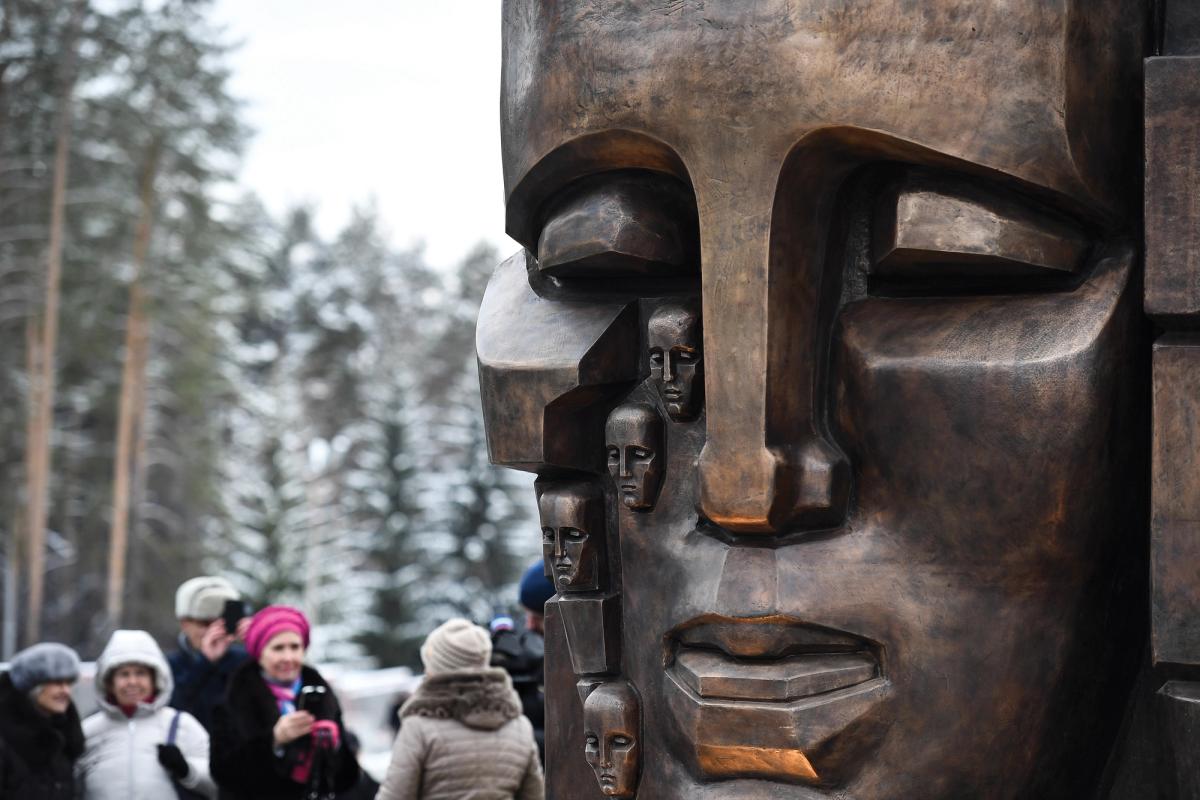The work of Ernst Neizvestny, one of Russia’s most famous 20th-century artists and sculptors, held at his Shelter Island home and sculpture park on Long Island and in his Soho studio in New York, is under threat because of a court battle over his will, his widow says. Neizvestny gained international fame for standing up to Soviet leader Nikita Khrushchev in 1962 over his criticism of Modern art, yet later was commissioned to design the statesman’s tombstone.
Anna Graham, who married Neizvestny in the 1990s after he emigrated to the US and was his manager, says the situation was already critical before the artist’s death in 2016. The expense of creating his work and the financial toll of his illnesses meant Neizvestny only had $3,500 in his bank account when he died, Graham adds. But his estate includes a custom-built Arts and Crafts style house in Shelter Island, with a sculpture park the artist created on the grounds, which Graham has comprehensively catalogued. “After I die, I want this to stay, not be sold,” Neizvestny said of the park in a profile in the New York Times in 1995.
“I have ended up in a situation where I have a mortgage and 25 huge [sculptural] works,” Graham says. “If the bank takes the house, then the sculptures are up in the air.” Graham said in January that she had $95,000 left to pay on the mortgage and owed just over $22,000 for three months of payments at that time. She also has to keep up with co-op payments on Neizvestny’s Soho studio, where huge plaster casts of his monumental works are stored.
Graham says she is Neizvestny’s sole heir, based on a copy of his will. The original, she explains, was burned in an apartment fire in New York shortly after the artist signed it in 1998. But his daughter from his first marriage, Olga Neizvestnaya, who lives in Moscow, is also claiming a share of his estate. The case is now in a New York surrogate court.
“The dispute with his daughter could last for the rest of our lives,” Graham says. “If I lose the house, there is nowhere for the works to go. In order to will something, you need to leave money, but the money was all hammered into these bronze works.” Graham says that she is hoping to find a foundation that can keep the park intact.
As the court-appointed temporary administrator of the estate, Graham has the right to sell works only for the benefit of the estate, says Viktoria Beress, a New York lawyer representing Olga Neizvestnaya. The Shelter Island sculpture park draws hundreds of visitors during the summer, and an open house held last year brought in many local collectors; however, Graham says her access to the market is limited. Neizvestny once had contracts with dealers, including the now defunct Mimi Ferzt Gallery in Soho, which still owes the artist $400,000, Graham says. But she cannot pursue another expensive lawsuit to recover this debt due to the estate case.
Olga Neizvestnaya told the Russian magazine Ogonyok in 2017 that she is often asked in Russia about buying Neizvestny’s works and has to respond that most of them are in New York. Her lawyer says that both proving the authenticity of the will and of maintaining the estate are Graham’s responsibility. “Without a will, he has two heirs: his daughter, Olga, and his widow, Anna,” Beress says. The lawyer also cautioned that if Graham sells works for reasons other than to benefit the estate, those transactions “are basically invalid and the buyer does not have a good title to their purchase”.
In his final decades, after the collapse of the Soviet Union, the artist focused on commissions from Russia, where several major sculptures of his have been installed. But that revenue stream dried up, Graham says. In 2012, she sent a letter via diplomatic mail that Neizvestny had written to Vladimir Putin, who honoured the artist with a medal in 2000, offering to transfer his sculpture park to Russia, but they never heard back. “The heritage of one of the great artists of the 20th-century” is at stake, Graham says.


